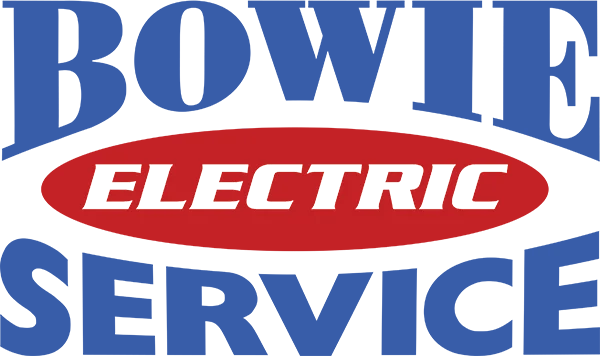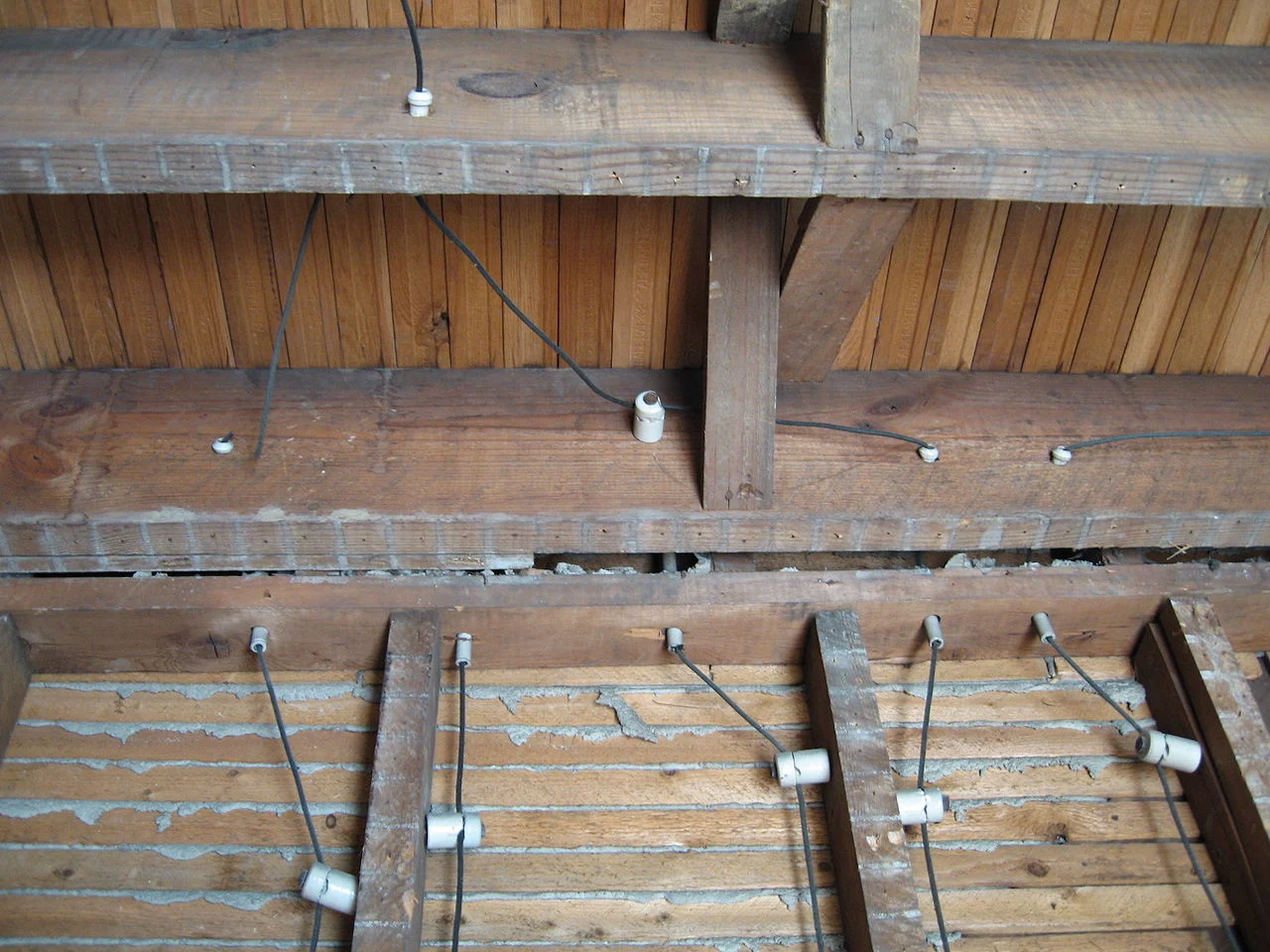When it comes to home ownership, ensuring the safety, efficiency, and reliability of your electrical system should be a top priority. However, many older homes still rely on outdated knob and tube wiring or have old electrical panels that struggle to keep up with modern power demands. While these systems may have served their purpose decades ago, they pose significant risks today, from fire hazards to inefficiencies that drive up your energy bills.
If you’re a homeowner—or a real estate agent looking to highlight a property’s value—upgrading the wiring and panel can be one of the most impactful investments you make. Let’s explore why giving your electrical infrastructure a much-needed update is essential.
What Is Knob and Tube Wiring?
Before the 1950s, knob and tube wiring was a standard method for distributing electricity in homes. This system involves wires being run through porcelain knobs and tubes for insulation. While it served its purpose during its time, it wasn’t designed to handle today’s electrical loads or the many electronic devices and appliances modern homes rely on.
Similarly, many old homes still have outdated electrical panels. These panels were built when homes required significantly less electricity—usually around 60 amps—unlike today, where current usage often exceeds 200 amps.
The Problem With Outdated Electrical Systems
Knob and tube wiring and old electrical panels weren’t built for modern living. That doesn’t just mean they’re inconvenient—it means they could be unsafe. Many insurance providers view homes with knob and tube wiring as liabilities, often refusing to provide coverage or increasing premiums for these properties.
Here are some of the biggest issues you might face:
- Safety Risks: Knob and tube wiring lacks grounding, making it more susceptible to electrical fires. Wires can also overheat and cause insulation to deteriorate over time. Furthermore, outdated breaker panels might fail to trip during a power overload, increasing the risk of fire.
- Limited Capacity: Modern appliances like refrigerators, dishwashers, air conditioners, and smart devices vastly exceed the power usage of past decades. Old electrical systems simply cannot supply enough electricity to meet these demands.
- Energy Inefficiency: Outdated electrical systems are often less efficient, leading to higher monthly energy bills. They may even cause appliances to work harder than necessary, shortening their lifespan.
Why Upgrade? The Benefits for Homeowners
Upgrading your home’s knob and tube wiring and panel has far-reaching advantages, from peace of mind to tangible financial returns. Let’s break down the benefits:
1. Improved Safety
Safety is the most compelling reason to upgrade your electrical system. Faulty wiring is a leading cause of home fires, and outdated electrical systems only increase the risk. Here’s how an update addresses potential hazards:
- Proper Grounding: Modern wiring includes grounded outlets, reducing electrical shock risks.
- Durable Materials: Replacing aging wires ensures no brittle insulation or exposed connections.
- Breaker Efficiency: Updated panels are designed to prevent overloads and tripped circuits, greatly reducing fire risks.
An upgraded system can also increase your home’s appeal to buyers since one of the first things many inspectors flag during a sale is outdated electrical wiring.
2. Enhanced Energy Efficiency
Old systems are notorious for wasting energy. For example, knob and tube wiring lacks the insulation needed to maintain efficiency. Modern electrical systems use newer, more efficient materials that minimize energy loss. Here’s how upgrading your system translates into savings:
- Lower Utility Bills: An updated system uses energy more efficiently, reducing waste and high expenses.
- Support for Energy-Saving Devices: Modern systems can handle technologies like LED lighting, smart thermostats, and energy-efficient appliances.
- Reliable Performance: With proper capacity and modern design, your electrical system delivers consistent performance, preventing power fluctuations that strain devices.
Over time, these efficiencies not only reduce costs but also decrease your home’s carbon footprint.
3. Reliability in Today’s Modern World
Think about all the devices plugged into your home right now—phones, TVs, laptops, kitchen gadgets, and more. An upgraded electrical panel and wiring ensures all of these devices get the power they need, without interruptions. Here’s how:
- Future-Proofed Capacity: Modern electrical panels accommodate higher loads, making it easier to add new appliances or even install EV charging stations.
- Fewer Outages: No more tripping breakers when you run the air conditioner and the microwave at the same time.
- Better Resale Value: Modern electrical systems are a selling point for potential buyers who see reliable power as a must-have.
4. Simplified Insurance and Compliance
Many insurance companies won’t cover homes with outdated or dangerous electrical systems. By upgrading, you not only reduce safety risks but also make it easier to secure affordable home insurance. Plus, updated wiring and electrical panels will meet local building codes, ensuring compliance and avoiding potential penalties.
5. Boost Your Property Value
For real estate agents or homeowners looking to sell, an outdated electrical system can become a deal breaker for potential buyers. Conversely, a fully modernized system can increase your asking price. You’re essentially offering buyers peace of mind, knowing they won’t have to tackle costly repairs post-sale.
Steps to Upgrade Your Electrical System
If you’ve decided that upgrading your home’s electrical wiring and panel is a priority, here’s what the process typically looks like:
- Consult a Licensed Electrician: Reach out to a professional to assess your home’s current wiring and panel. They can estimate the scope of work needed.
- Plan for the Upgrade: Modernizing your systems may involve rewiring, replacing fixtures, and installing a new electrical panel. An electrician will map out the project and costs.
- Secure Permits: Licensed electricians will ensure all work complies with local regulations.
- Execution: Depending on your home’s size and condition, rewiring can take anywhere from a couple of days to a few weeks.
- Inspection and Approval: Once the work is completed, it will be inspected for safety and compliance.
The upfront investment in materials and labor is well worth the long-term peace of mind and savings.
How Real Estate Agents Can Benefit
For real estate agents, highlighting safe and efficient electrical systems is an excellent way to attract buyers and secure higher valuations for homes. If you’re representing older properties, upgrading the wiring and panel beforehand can set you apart in competitive markets. It’s an upgrade that appeals to safety-conscious families, eco-conscious buyers, and tech-savvy individuals alike.
Don’t Wait Until It’s Too Late
Outdated knob and tube wiring and old electrical panels aren’t just a sign of old construction—they’re a liability. The longer you wait, the more risks you run, from higher energy bills to potential fires.
Fortunately, upgrading your home’s electrical system doesn’t just protect your property; it directly adds value and reduces costs for years to come. Whether you’re a homeowner making improvements for your family or a real estate agent preparing a listing for sale, modernizing your electrical system is a smart, practical investment.
Schedule Your Consultation Today
Take the first step toward a safer, more efficient home. Contact us today to schedule a consultation with our licensed electricians and learn how we can upgrade your home’s electrical system quickly, safely, and affordably.

